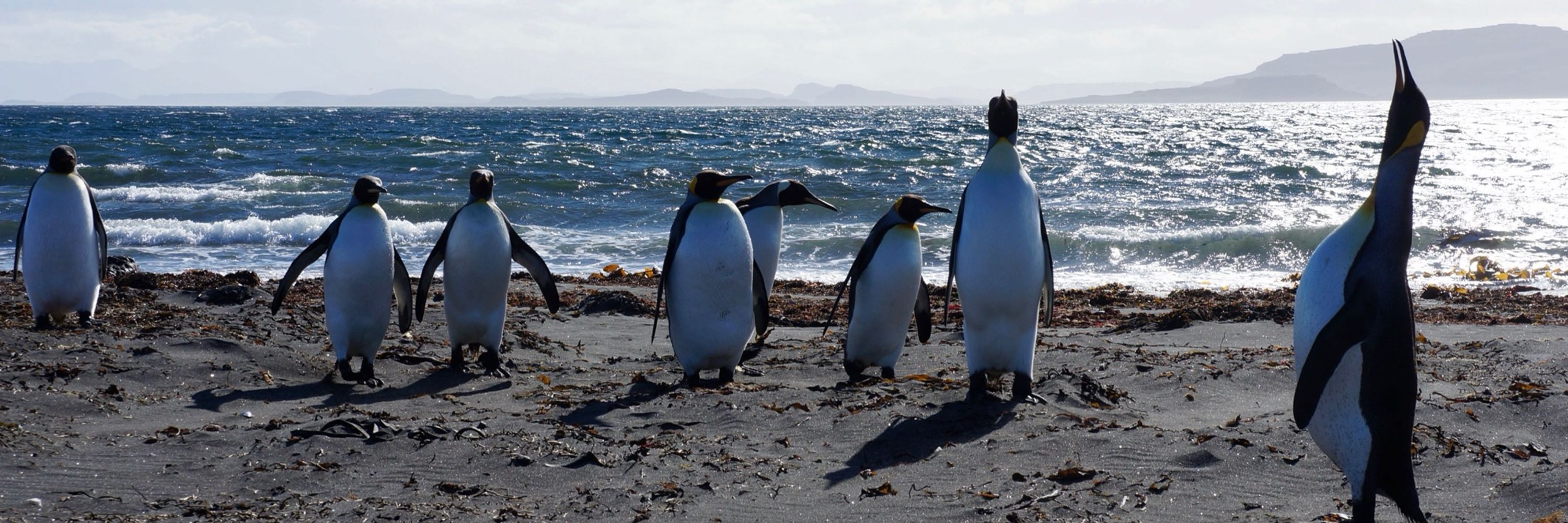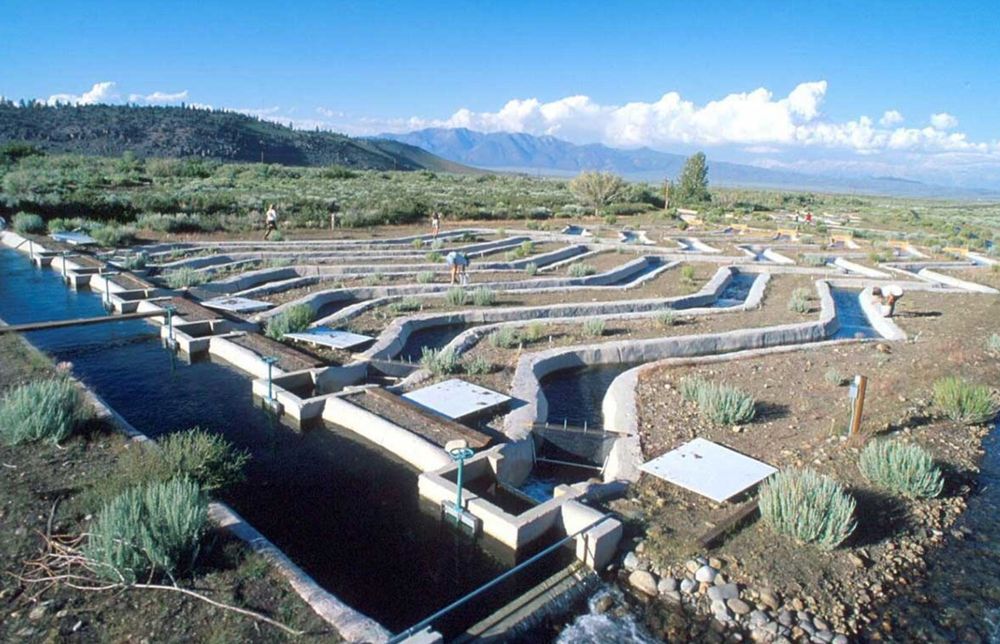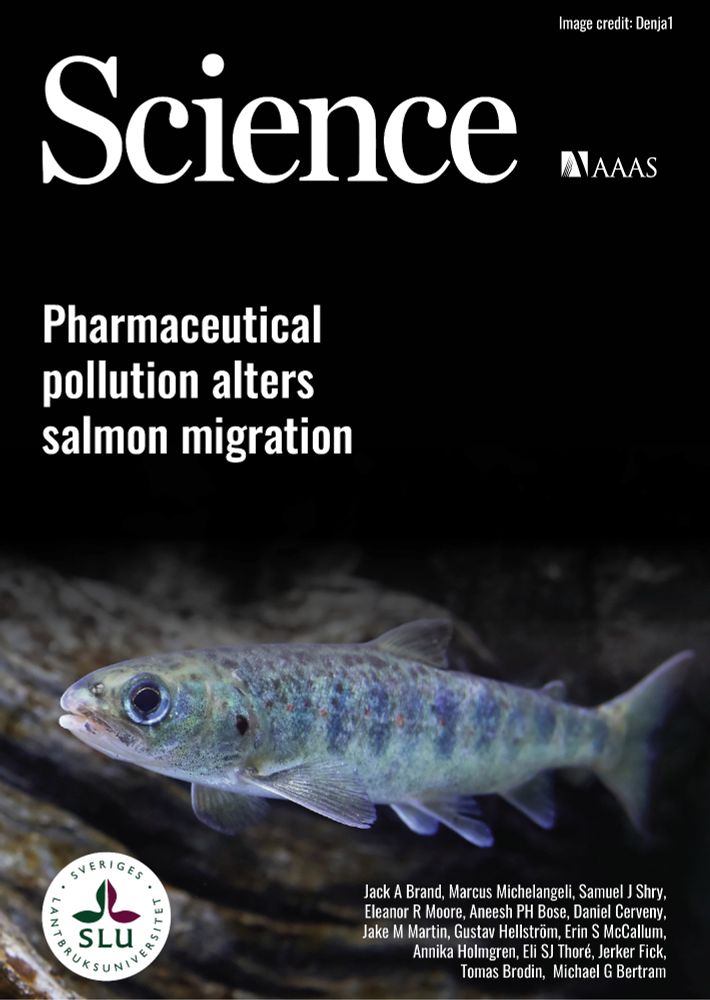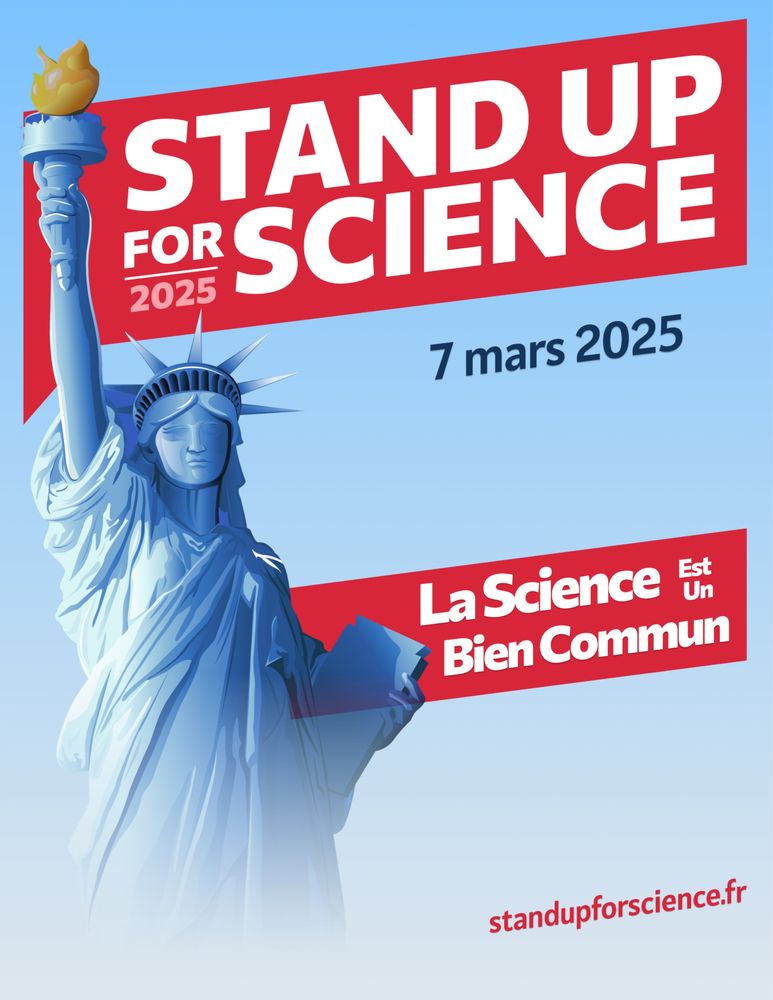Mathieu Buoro
@matbuoro.bsky.social
750 followers
150 following
10 posts
INRAE Research scientist
Evolutionary ecology, Freshwater ecology, Salmonids, Individual based modeling, Bayesian modeling, climate change, conservation
Saint Pee sur Nivelle France
Posts
Media
Videos
Starter Packs
Pinned
Reposted by Mathieu Buoro
Reposted by Mathieu Buoro
Reposted by Mathieu Buoro
Reposted by Mathieu Buoro
INRAE_ecobiop
@inrae-ecobiop.bsky.social
· Jul 30

Prolonged low flows and non‐native fish operate additively to alter insect emergence in mountain streams
Climate-induced flow alteration is decreasing snowpack and advancing snowmelt, subjecting mountain streams to longer low-flow periods. Yet, anticipating how stream ecosystems respond to prolonged low...
doi.org
Mathieu Buoro
@matbuoro.bsky.social
· Jun 13
Mathieu Buoro
@matbuoro.bsky.social
· Jun 13
Mathieu Buoro
@matbuoro.bsky.social
· Jun 13
Mathieu Buoro
@matbuoro.bsky.social
· Jun 13

IBASAM: a spatially explicit demo-genetic individual-based model for anadromous salmonids (meta)populations
To improve our understanding and management of species’ response to environmental and anthropogenic changes, there is a critical need for integrative modeling approaches that encompass demographic, ec...
ibe.pensoft.net
Reposted by Mathieu Buoro
Reposted by Mathieu Buoro
Reposted by Mathieu Buoro
Reposted by Mathieu Buoro
Reposted by Mathieu Buoro
Reposted by Mathieu Buoro
Hank Baker
@hankbaker.bsky.social
· Feb 25

Variation in Salmon Migration Phenology Bolsters Population Stability but Is Threatened by Drought
We show that intrapopulation variation in juvenile movement and rearing strategies enhances population stability in endangered coho salmon near their southern range limit. However, variation in reari...
doi.org
Reposted by Mathieu Buoro
Reposted by Mathieu Buoro
Robert Fournier
@robfour.bsky.social
· Dec 31

Long‐term data reveal widespread phenological change across major US estuarine food webs
Climate change is shifting the timing of organismal life-history events. Although consequential food-web mismatches can emerge if predators and prey shift at different rates, research on phenological...
doi.org
Mathieu Buoro
@matbuoro.bsky.social
· Nov 25
Mathieu Buoro
@matbuoro.bsky.social
· Nov 25
Mathieu Buoro
@matbuoro.bsky.social
· Nov 25
Mathieu Buoro
@matbuoro.bsky.social
· Nov 25
Mathieu Buoro
@matbuoro.bsky.social
· Nov 25
Reposted by Mathieu Buoro

















